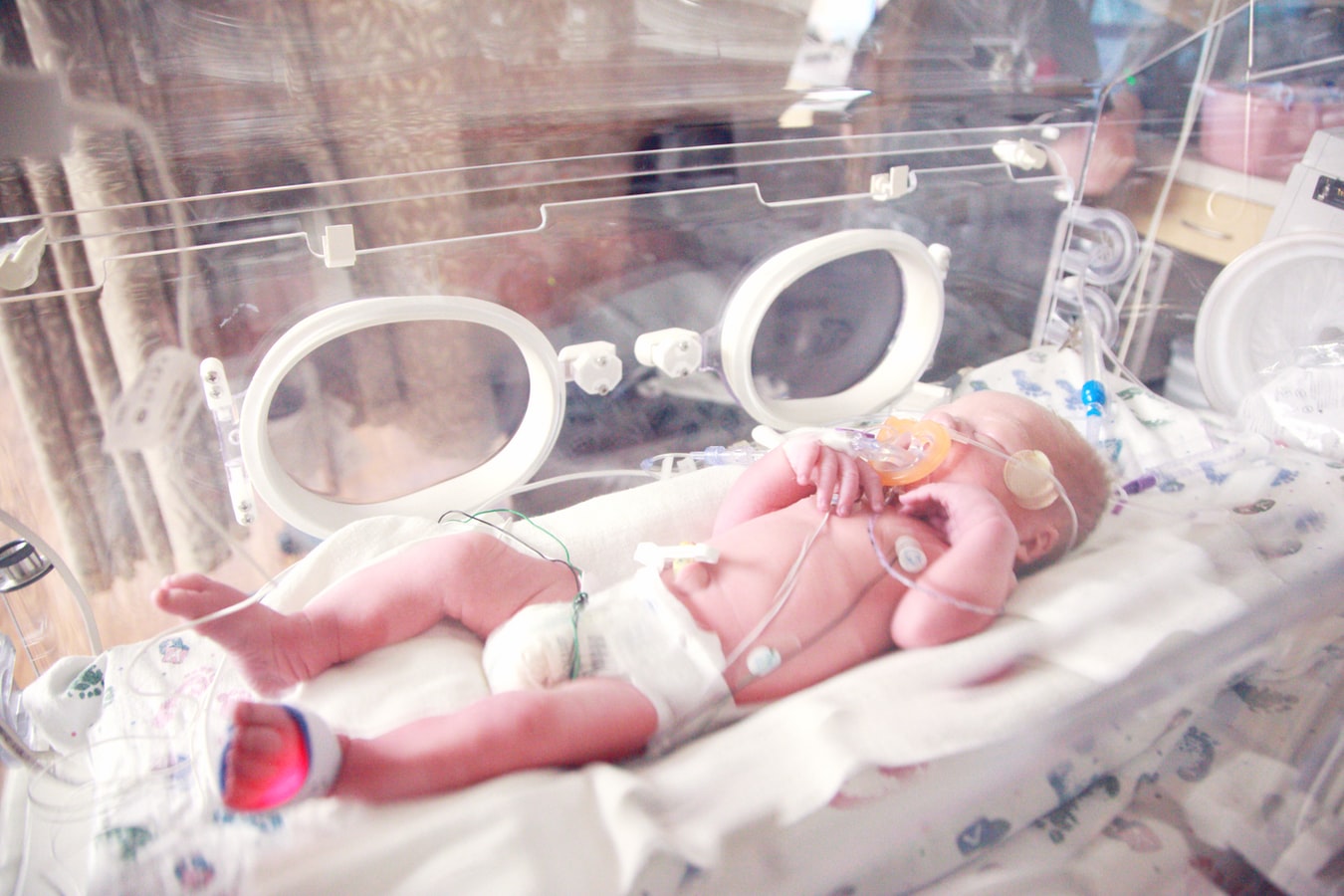Abstract
Objective: To describe the development, implementation, and evaluation of a collaborative model between a freestanding birth center and a tertiary care medical center.
Methods: An interdisciplinary team developed a freestanding accredited birth center in collaboration with a tertiary care medical center in the southeast United States. We performed a retrospective cohort study of all women obtaining care at the birth center and assessed the rate (and 95% CIs) of cesarean delivery, patient transfers, and adverse maternal and neonatal events.
Results: Between January 2017 and December 2018, 1,394 women initiated prenatal care at the birth center. The study cohort consisted of 1,061 women who continued their prenatal care and planned to deliver at the birth center, of whom 358 (34%) were subsequently transferred before admission and 703 (66%) presented to the birth center in labor. Of those, 573 (82%) were subsequently delivered vaginally in the birth center, and 130 (18%) were transferred for hospital birth. Of those admitted to the birth center in labor, 41 ultimately underwent cesarean delivery for an overall cesarean delivery rate of 6% (95% CI 4-8%). Maternal transfers for postpartum hemorrhage occurred in eight patients (1%; 95% CI 1-2%). There were 39 neonatal intensive care admissions (6%; 95% CI 4-8%), eight cases (1%; 95% CI 0.5-2%) of 5-minute Apgar scores less than 7, and two previable neonatal deaths (0.3%; 95% CI 0-1%).
Conclusion: We describe a collaborative model between a freestanding birth center and a tertiary care medical center, which provided women with access to a traditional birth center experience while maintaining access to the specialized care provided by a tertiary care medical center. We believe that the model may facilitate options for maternity care in regional perinatal systems.
Authors: Richard R Lotshaw, Julia C Phillippi, Margaret Buxton, Edwina McNeill-Simaan, J Michael Newton
Published: March 2020
DOI: 10.1097/AOG.0000000000003723
